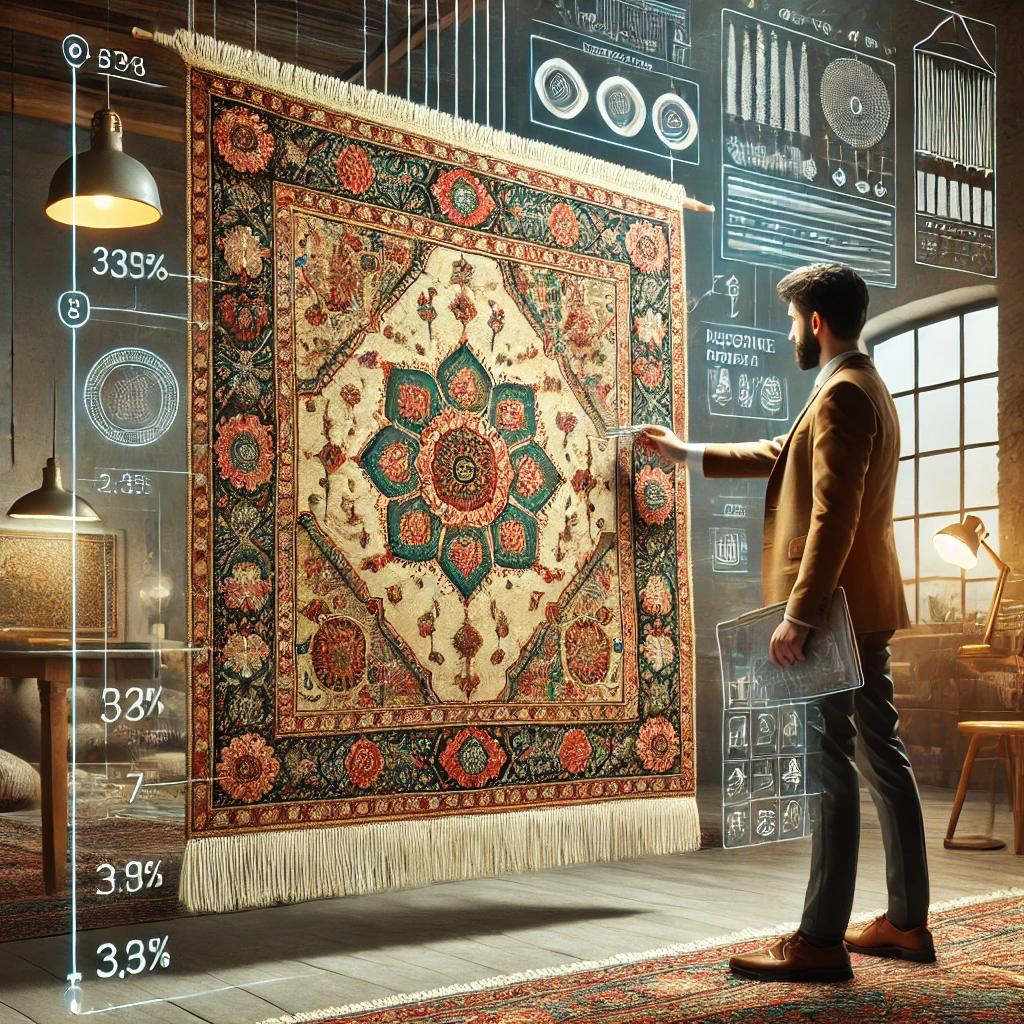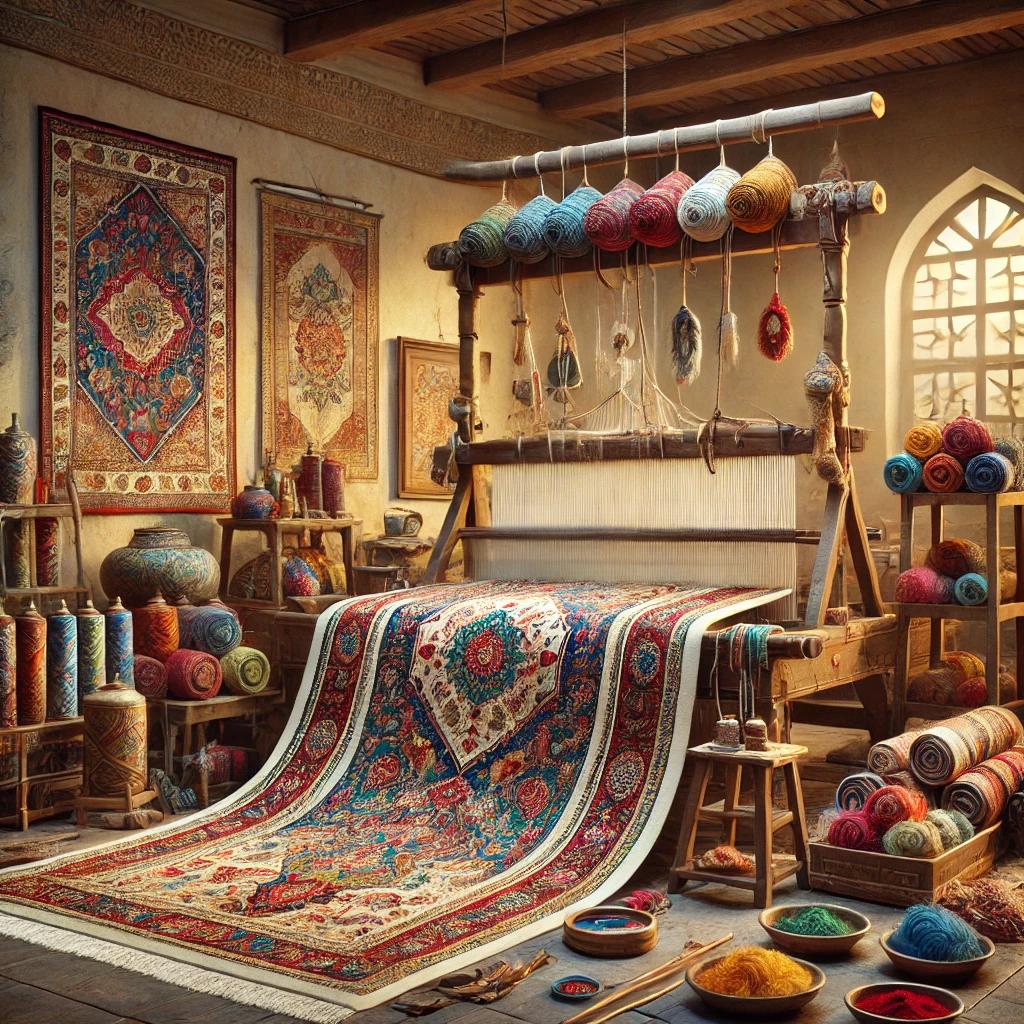Persian rugs are renowned for their intricate designs, superior craftsmanship, and cultural significance. However, with the abundance of machine-made imitations on the market, distinguishing an authentic Persian rug from a replica can be challenging. At Persian Rug Gallery, we help customers recognize true Persian rugs so they can make informed purchases. Here’s your essential guide to identifying an authentic Persian rug before you buy.
1. Examine the Knotting Technique
- Hand-Knotted Construction: Authentic Persian rugs are hand-knotted, meaning every knot is tied individually by skilled artisans. This process takes months or even years, ensuring durability and uniqueness.
- Machine-Made Rugs: Machine-produced rugs have uniform knots that are often glued to the backing rather than individually tied.
✅ Tip: Flip the rug over—on a genuine Persian rug, the knot patterns on the back will be just as intricate as those on the front.
2. Check the Rug’s Origin
- Genuine Persian rugs are exclusively made in Iran (formerly Persia).
- While high-quality handmade rugs come from other countries (Turkey, India, Pakistan), only those woven in Iran can be considered true Persian rugs.
✅ Tip: Look for a label or certificate indicating the rug’s origin and authenticity.
3. Inspect the Materials Used
- Wool & Silk: Authentic Persian rugs are made from 100% wool, silk, or a blend of both.
- Natural Dyes: Traditional Persian rugs use plant-based or vegetable dyes, which age beautifully over time.
🚫 Beware: Fake rugs often use synthetic fibers like polyester and artificial dyes that fade unnaturally.
4. Analyze the Design & Patterns
- Floral, Geometric, or Tribal Motifs: Persian rugs feature intricate designs passed down for generations.
- Asymmetrical Elements: Since they are handwoven, slight imperfections in symmetry indicate authenticity.
✅ Tip: No two authentic Persian rugs are exactly alike, making each one unique.
5. Feel the Texture & Flexibility
- Soft & Supple: A genuine Persian rug is soft to the touch and flexible, easily folding without breaking.
- Machine-Made Rugs: Stiffer due to synthetic fibers or glue backing.
✅ Tip: If a rug feels too stiff or has a plastic-like sheen, it’s likely a synthetic imitation.
6. Look at the Fringes
- Natural Fringes: In Persian rugs, the fringe is an extension of the rug’s foundation, not sewn or glued on.
- Fake Rugs: Machine-made rugs often have fringes sewn onto the edges as decoration.
7. Consider the Price & Investment Value
- Handmade Persian rugs are considered investments due to their durability and appreciation in value over time.
- If a deal seems too good to be true, it likely is. Genuine Persian rugs require months of labor, so they aren’t cheap.
✅ Tip: If you’re investing in a Persian rug, always buy from a trusted dealer to ensure authenticity.
Why Choose Persian Rug Gallery?
At Persian Rug Gallery, we specialize in authentic, handwoven Persian rugs with verifiable origins. Our experts help you select high-quality rugs that suit your style and investment needs.
📍 Visit us at: 51 Springboro Pike, Miamisburg, Ohio 45342
🌐 Shop online at: www.buyprg.com



